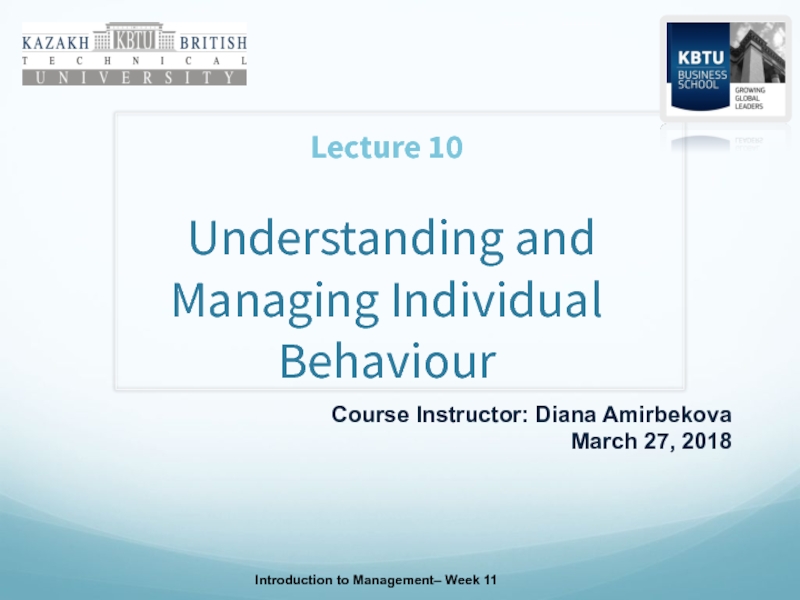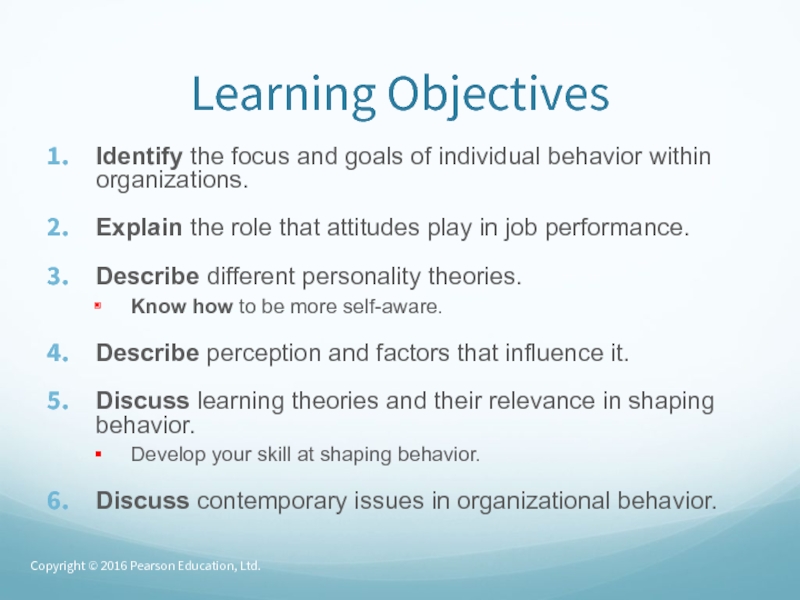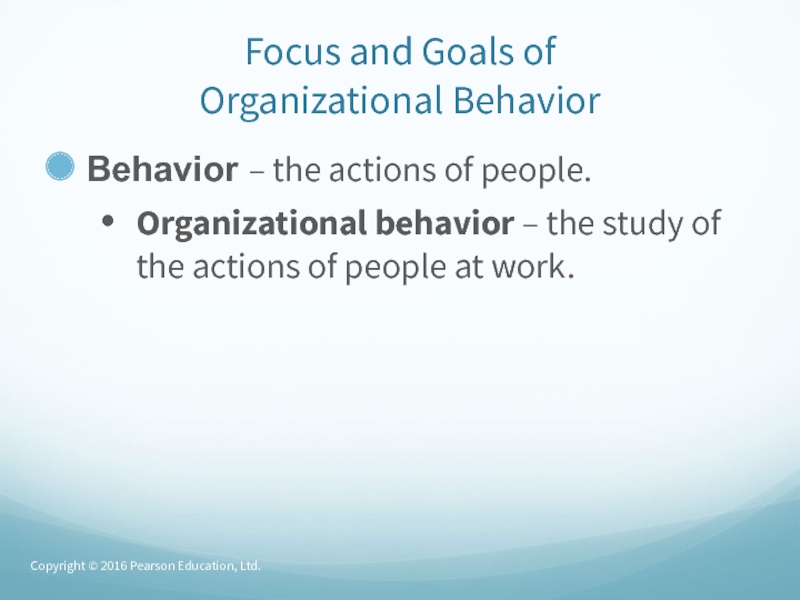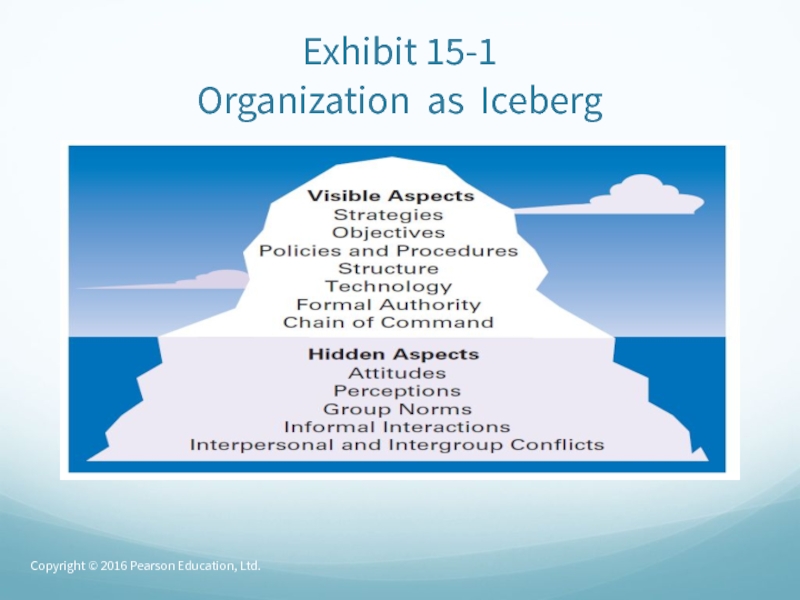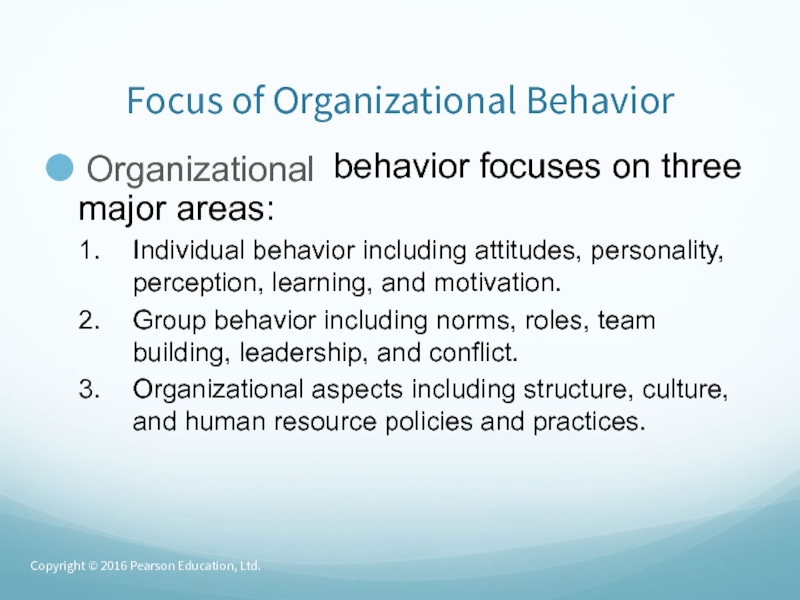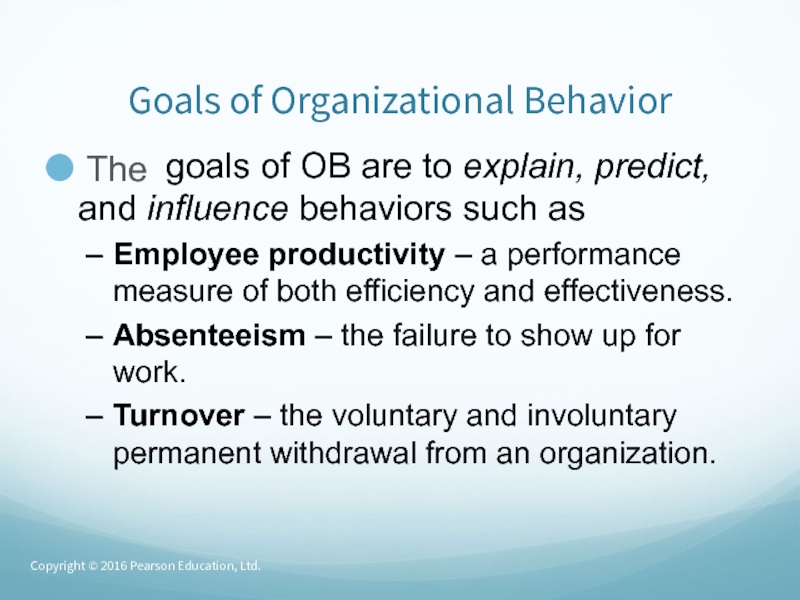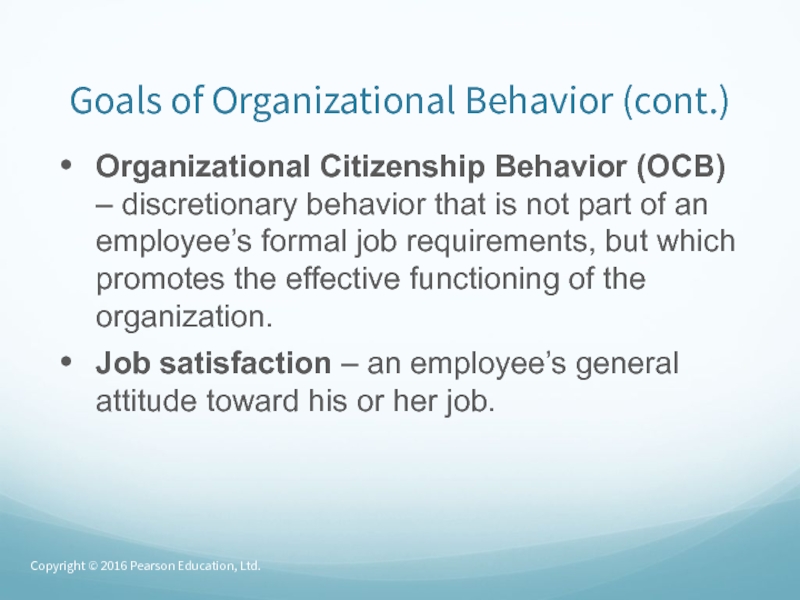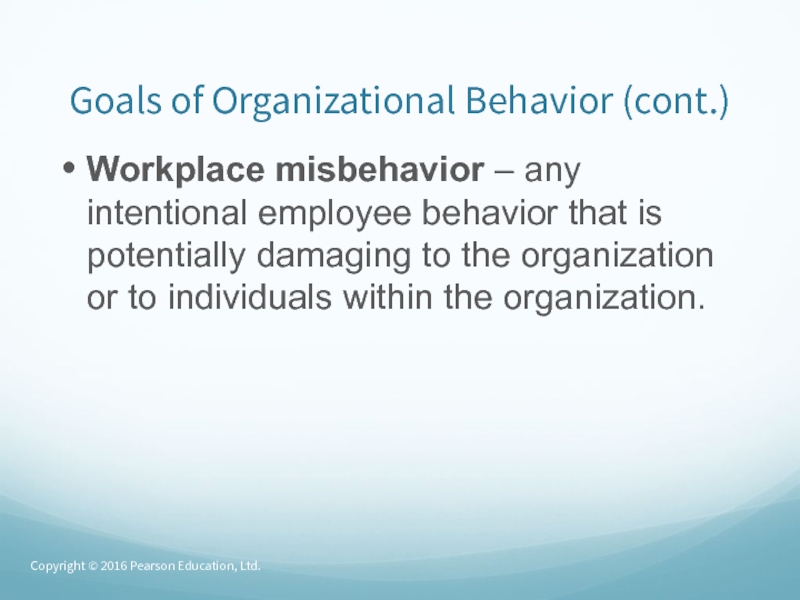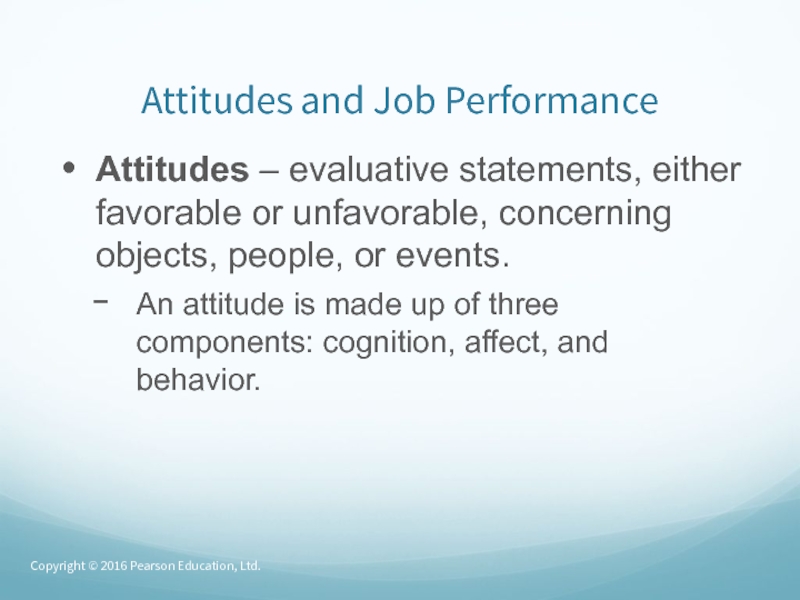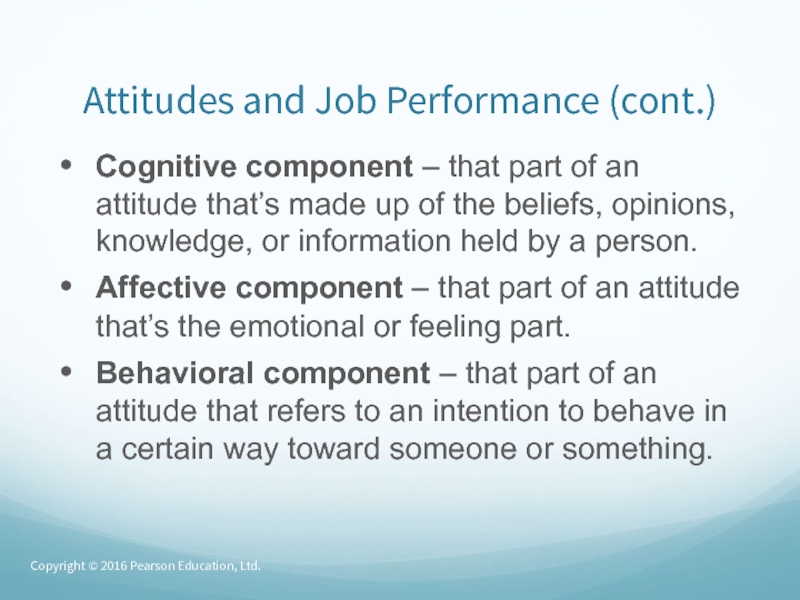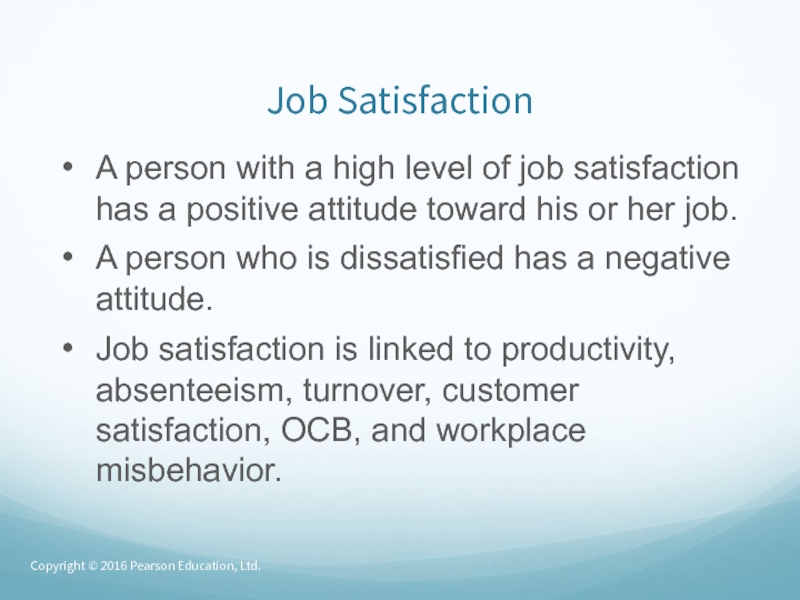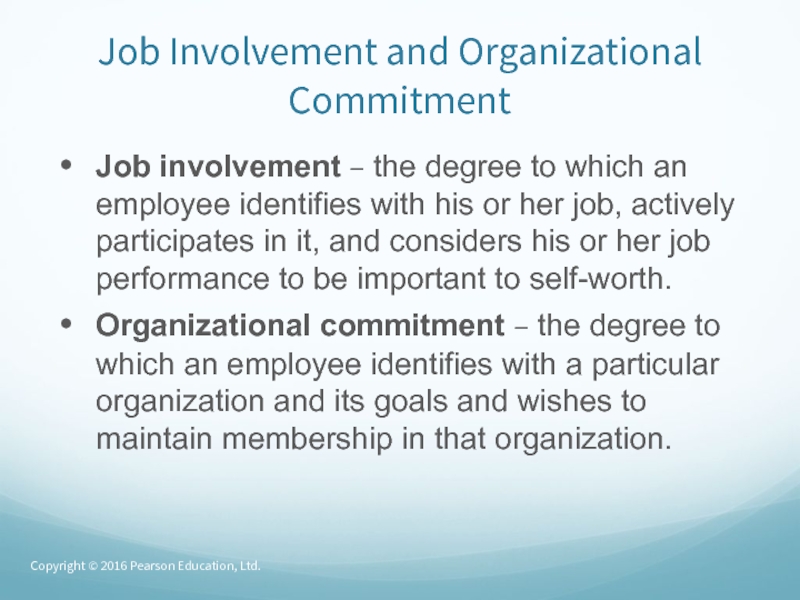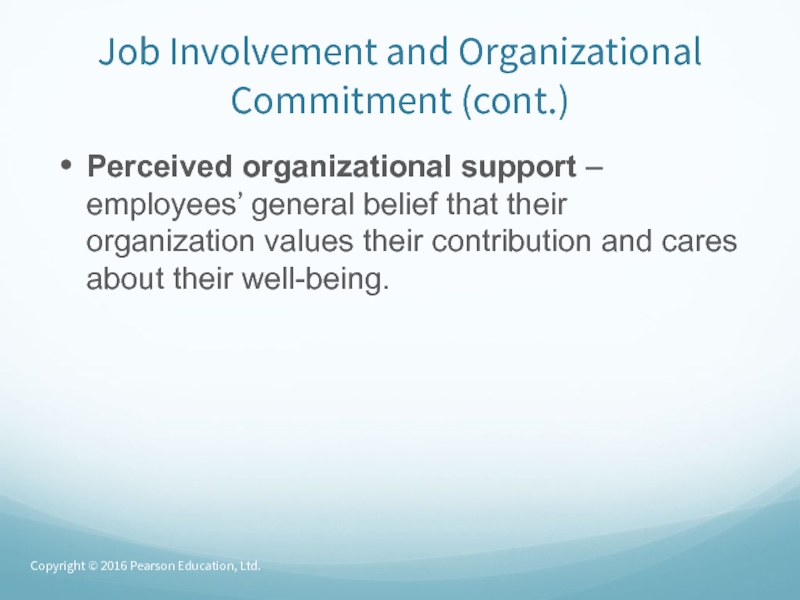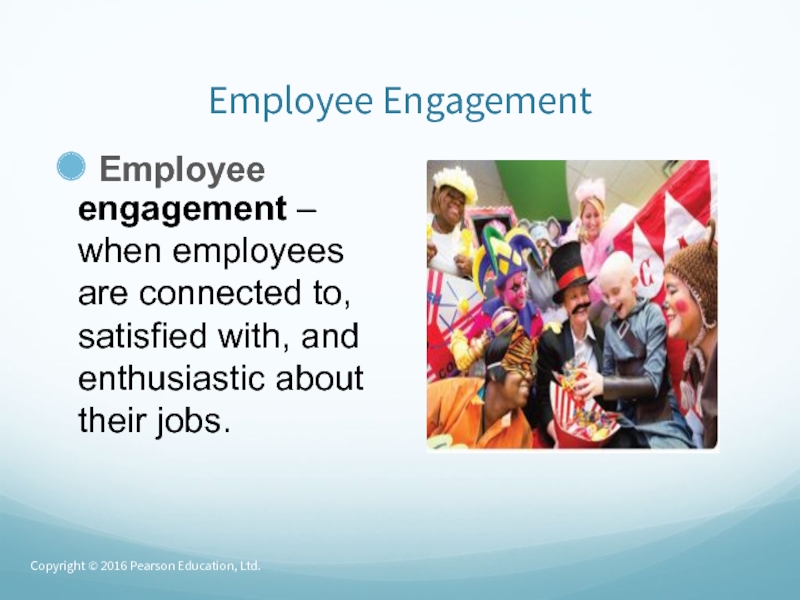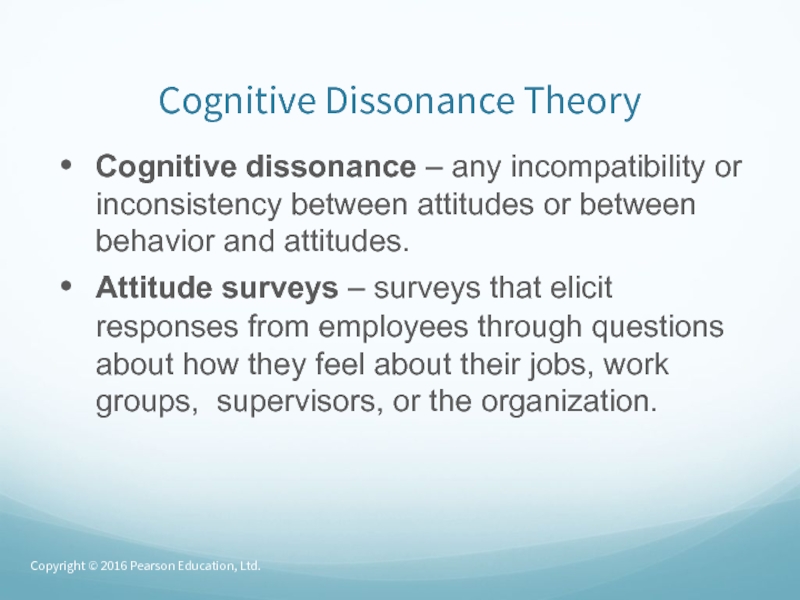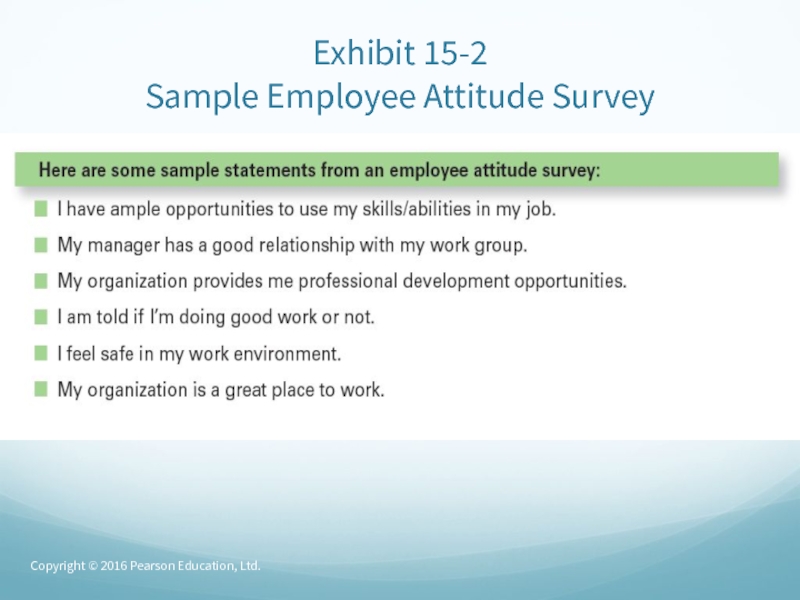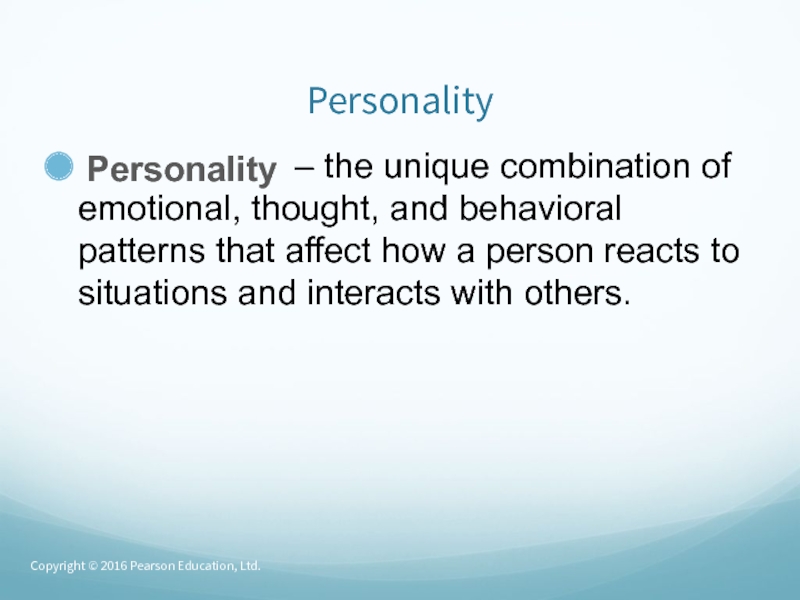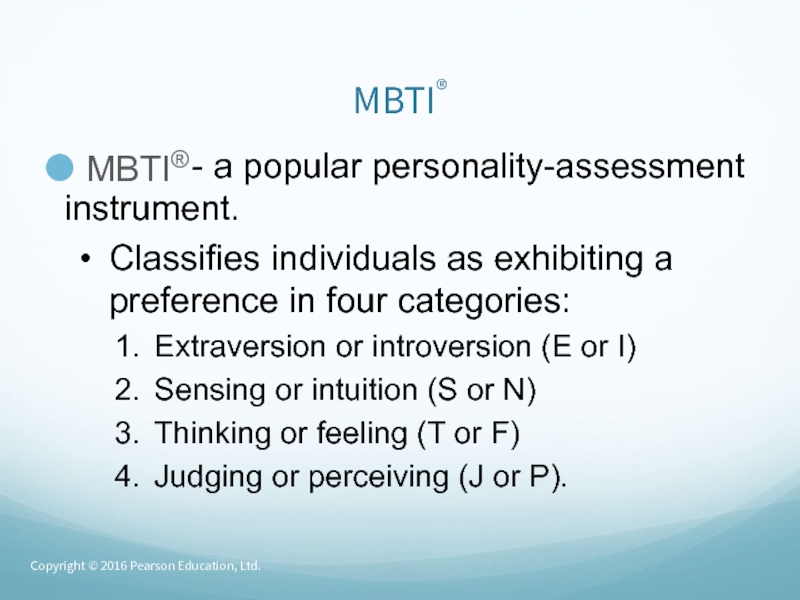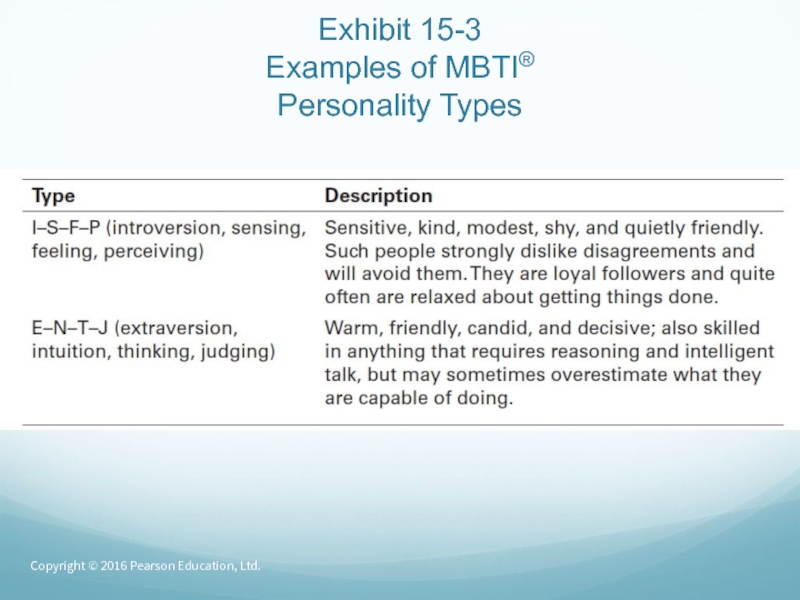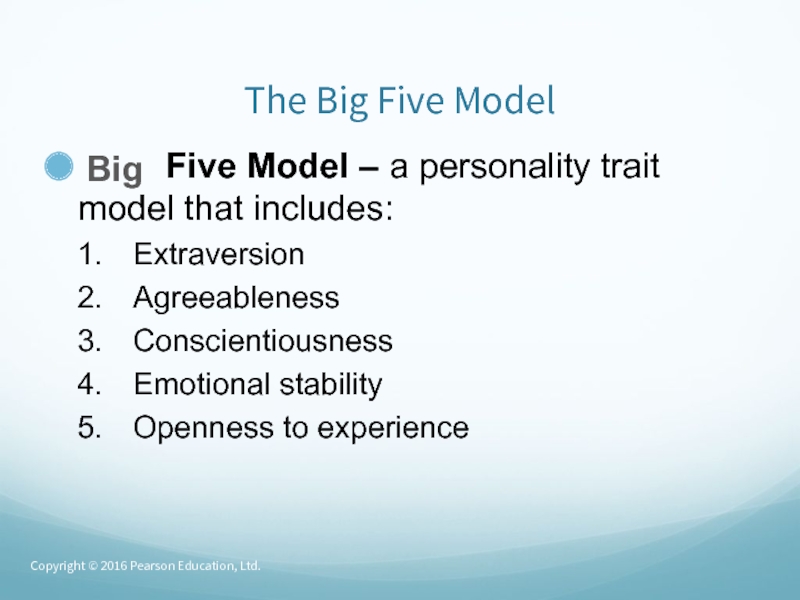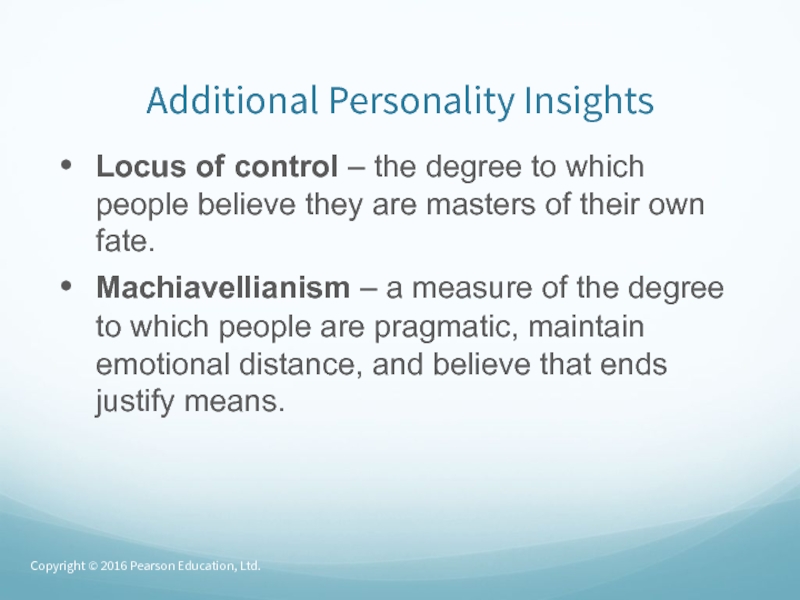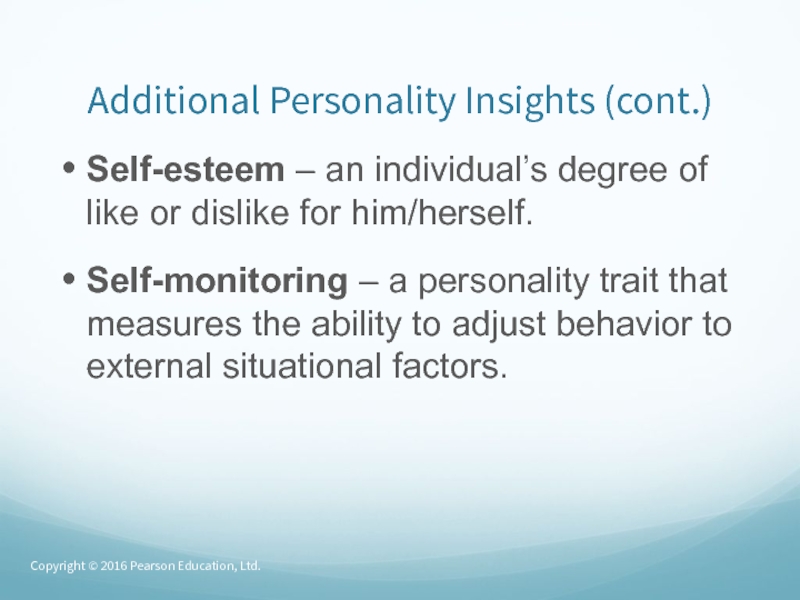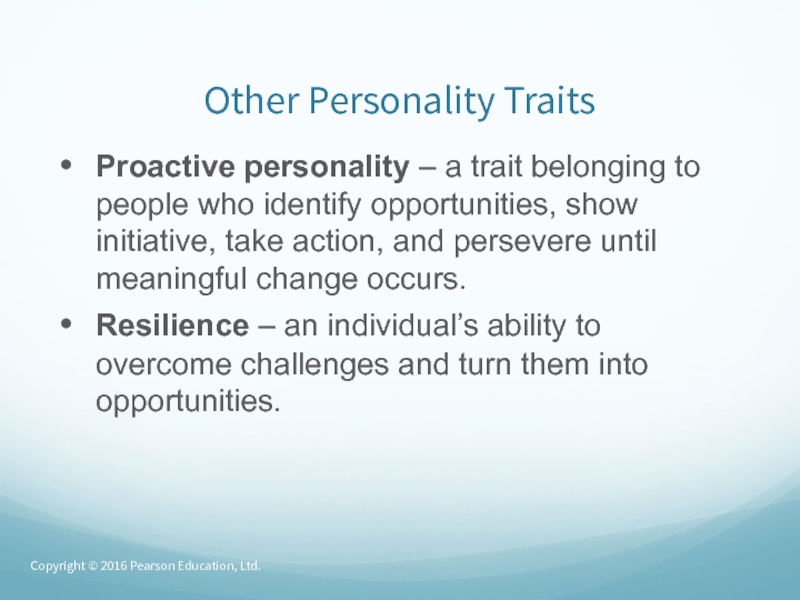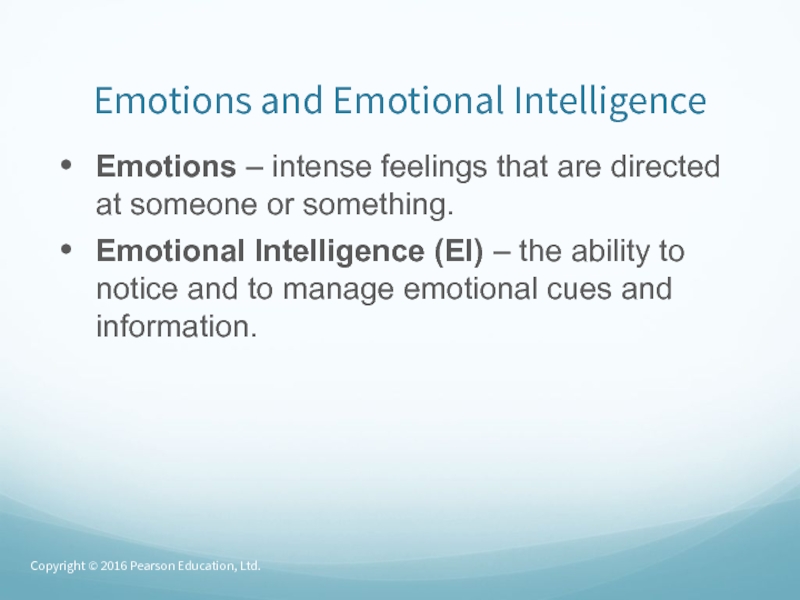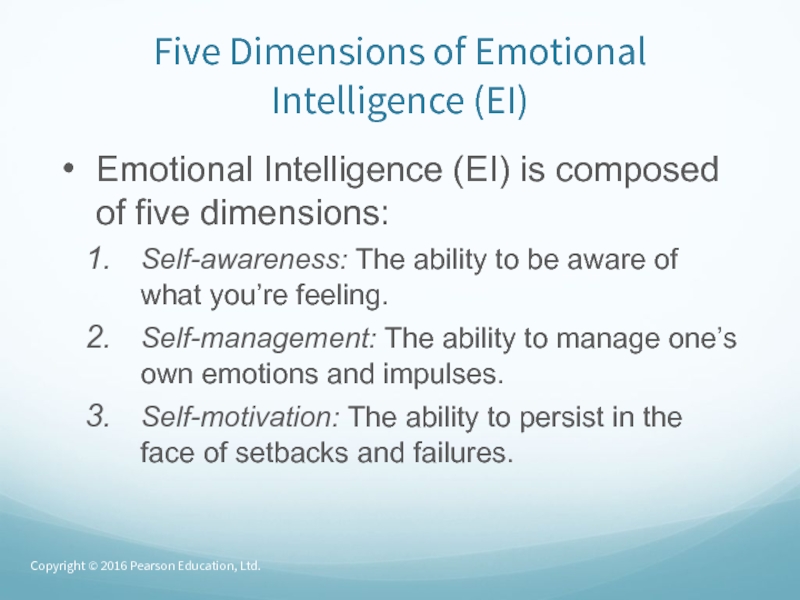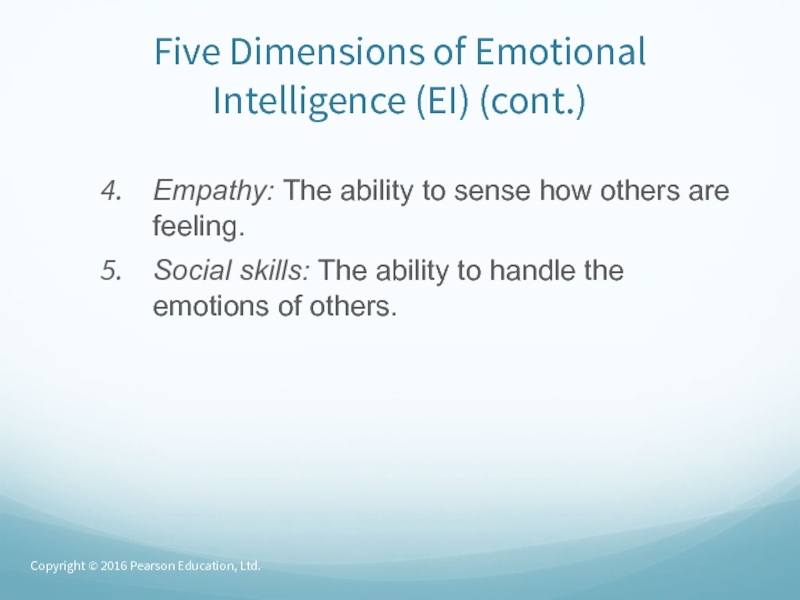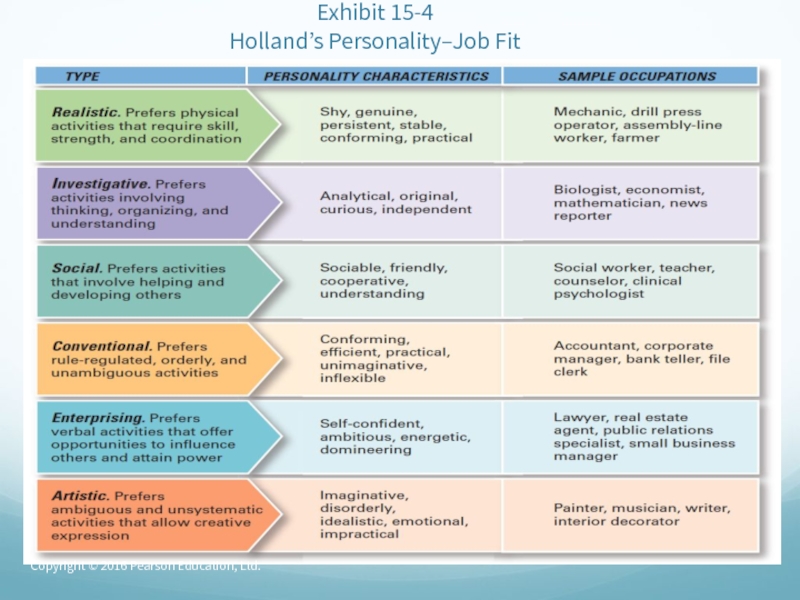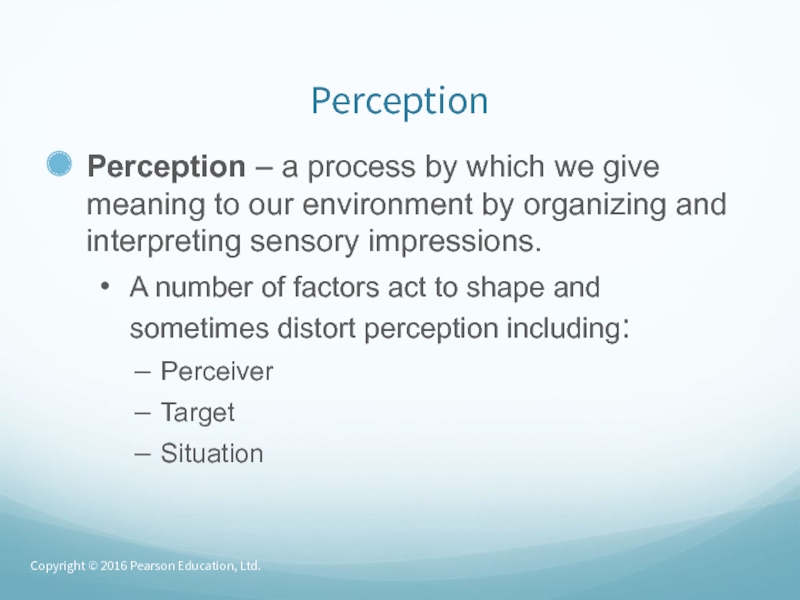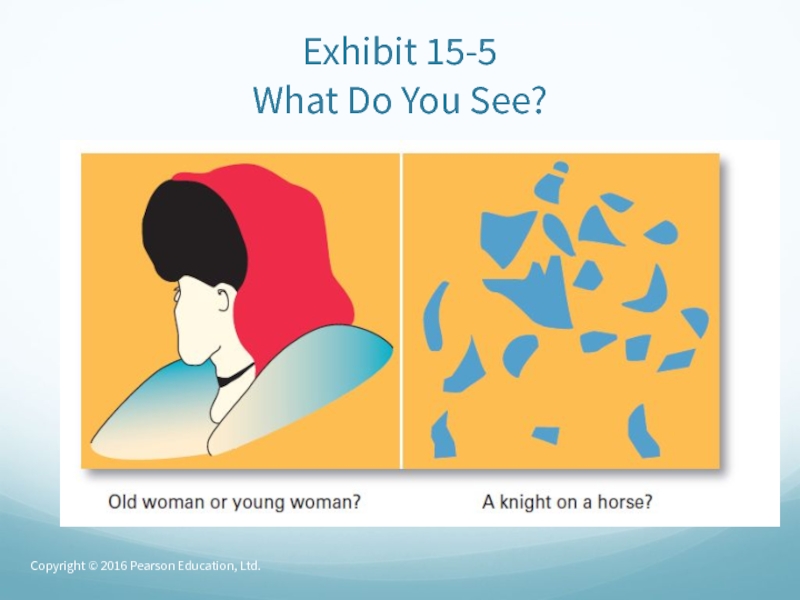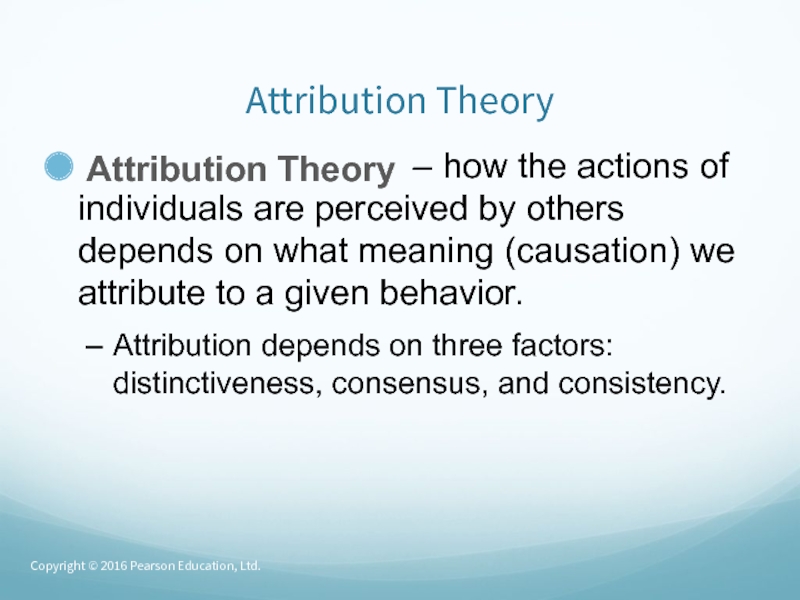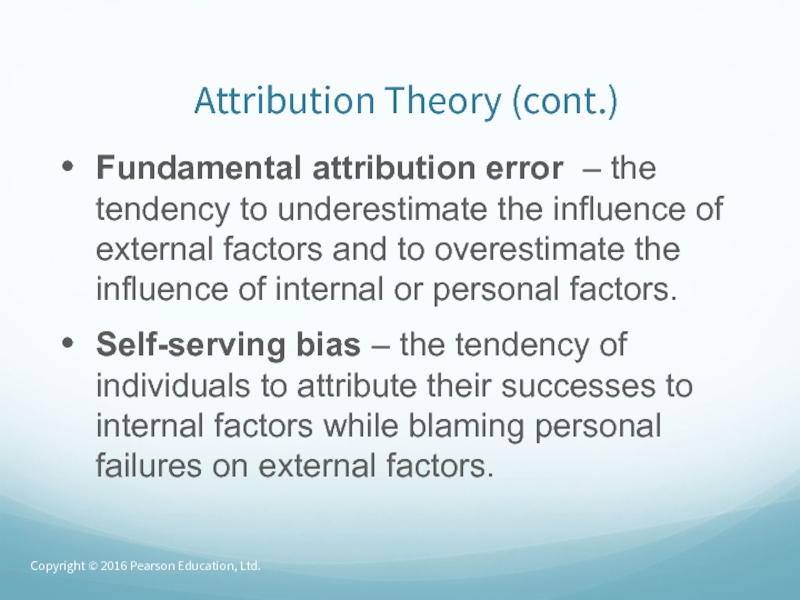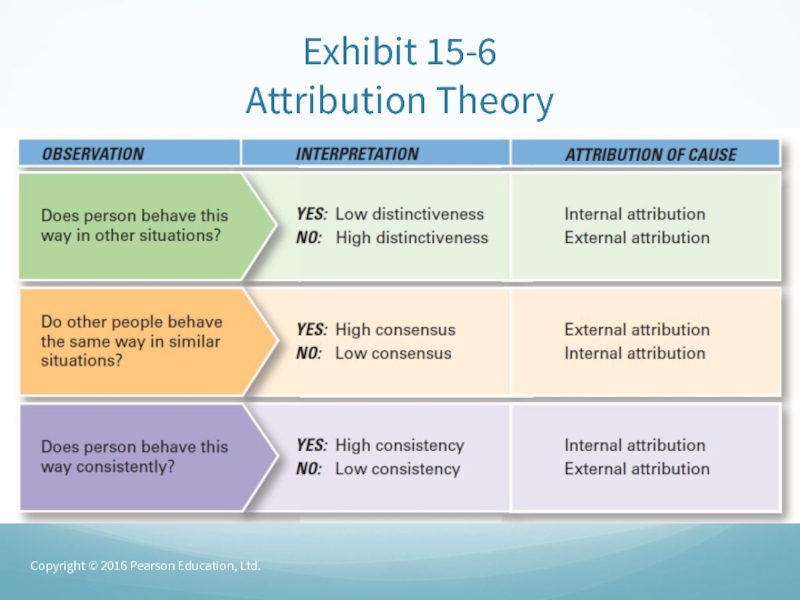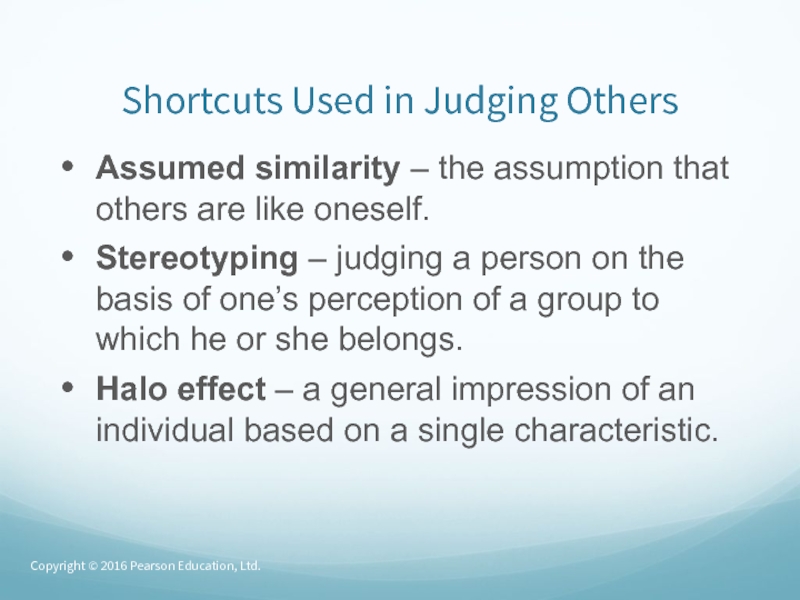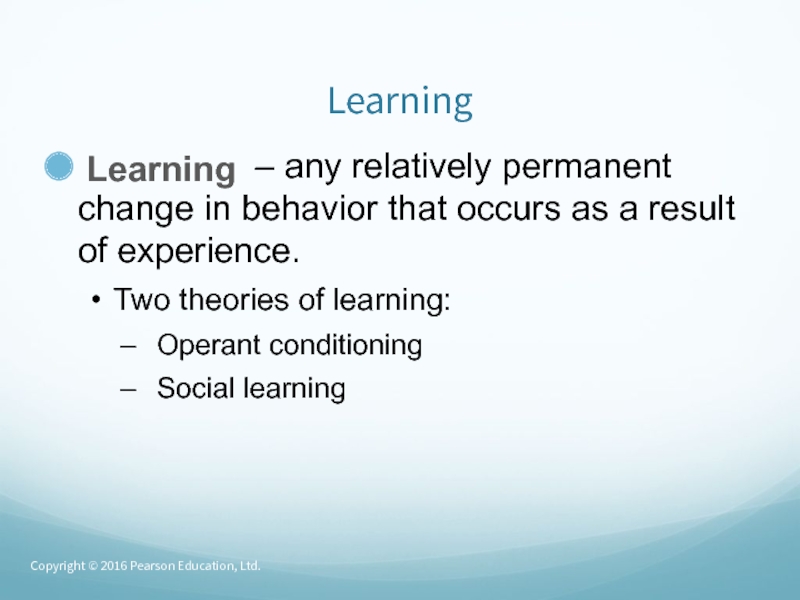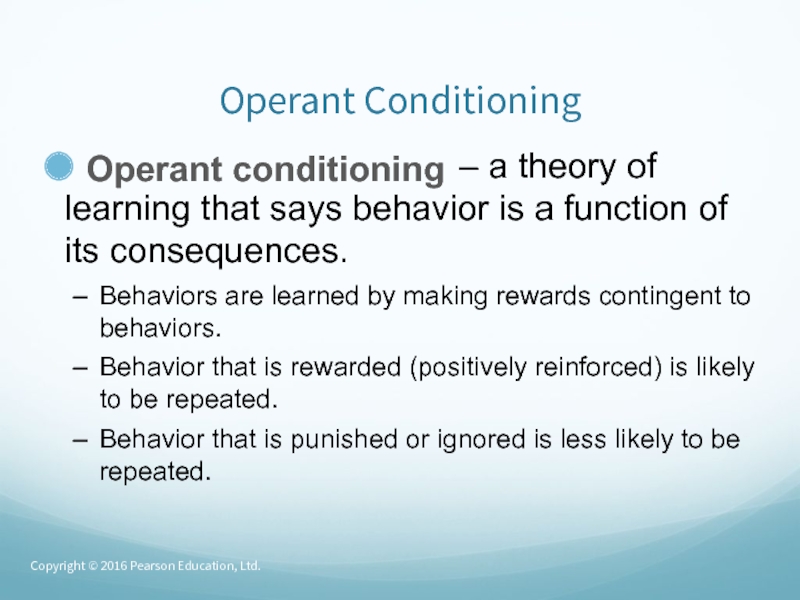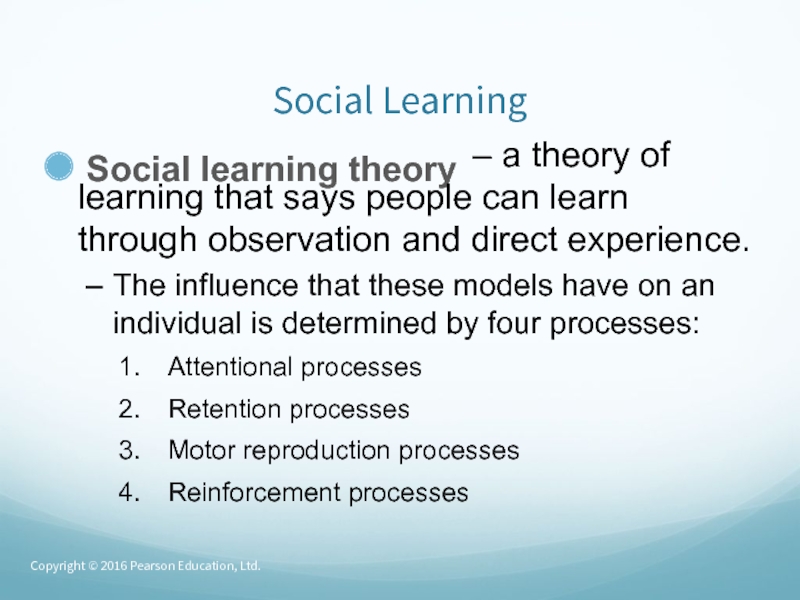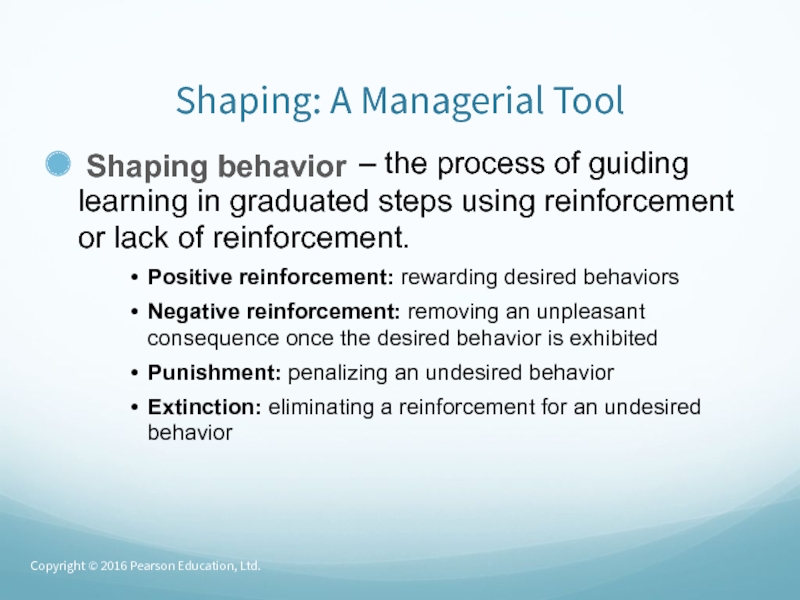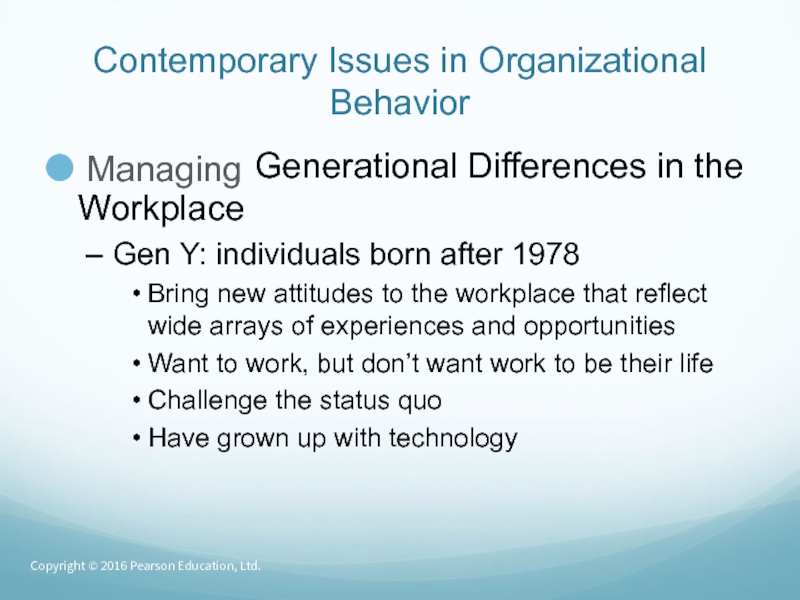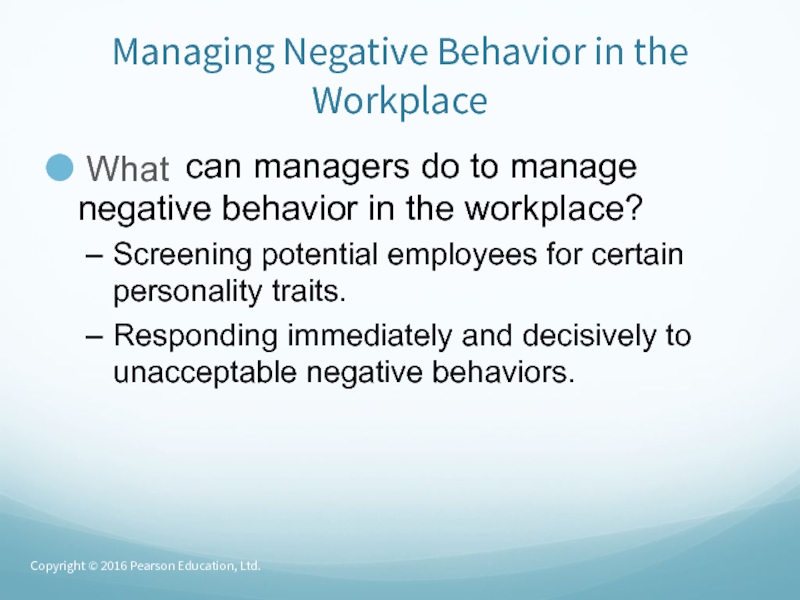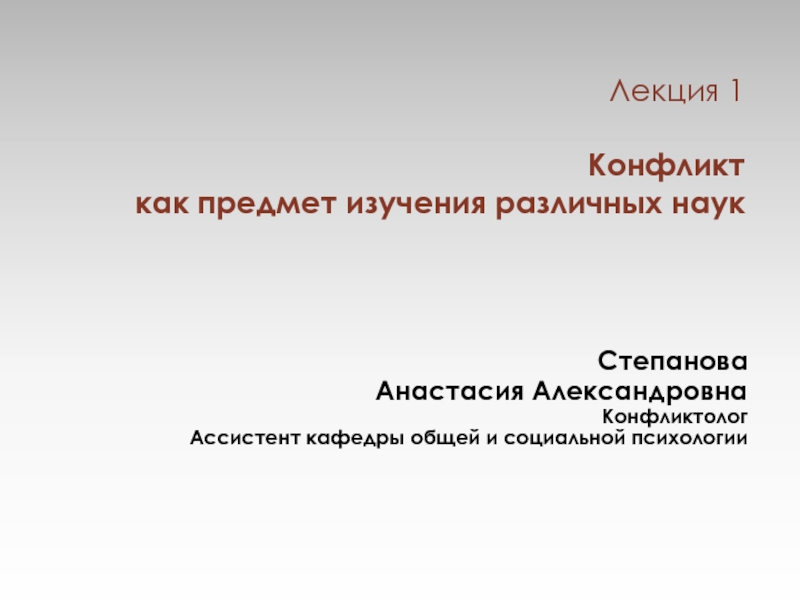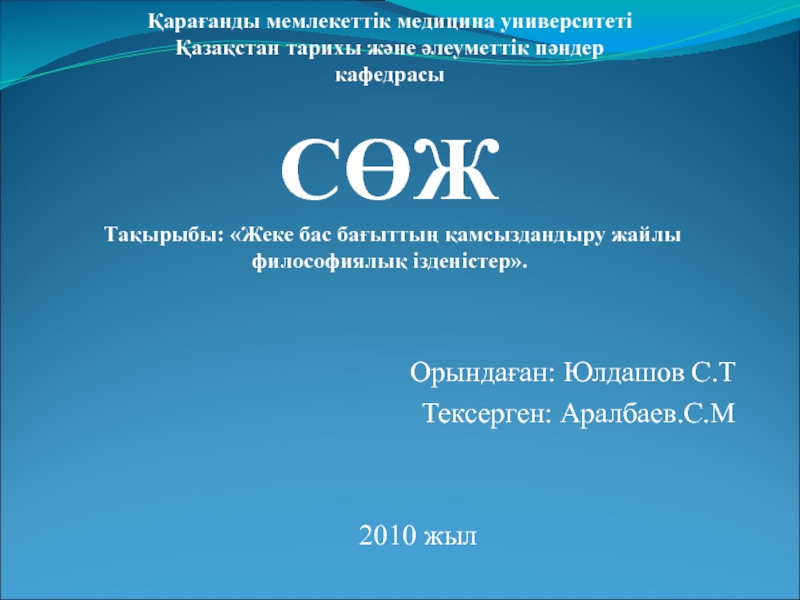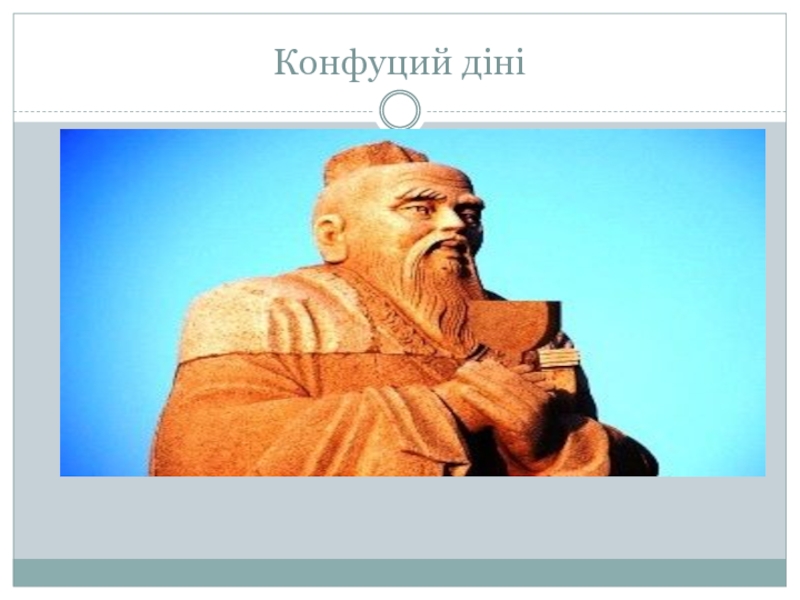Introduction to Management– Week 11
- Главная
- Разное
- Дизайн
- Бизнес и предпринимательство
- Аналитика
- Образование
- Развлечения
- Красота и здоровье
- Финансы
- Государство
- Путешествия
- Спорт
- Недвижимость
- Армия
- Графика
- Культурология
- Еда и кулинария
- Лингвистика
- Английский язык
- Астрономия
- Алгебра
- Биология
- География
- Детские презентации
- Информатика
- История
- Литература
- Маркетинг
- Математика
- Медицина
- Менеджмент
- Музыка
- МХК
- Немецкий язык
- ОБЖ
- Обществознание
- Окружающий мир
- Педагогика
- Русский язык
- Технология
- Физика
- Философия
- Химия
- Шаблоны, картинки для презентаций
- Экология
- Экономика
- Юриспруденция
Understanding and Managing Individual Behaviour презентация
Содержание
- 2. Learning Objectives Identify the focus and goals
- 3. Focus and Goals of Organizational Behavior
- 4. Exhibit 15-1 Organization as Iceberg Copyright © 2016 Pearson Education, Ltd.
- 5. Focus of Organizational Behavior Organizational
- 6. Goals of Organizational Behavior The
- 7. Goals of Organizational Behavior (cont.) Organizational Citizenship
- 8. Goals of Organizational Behavior (cont.) Workplace misbehavior
- 9. Attitudes and Job Performance Attitudes – evaluative
- 10. Attitudes and Job Performance (cont.) Cognitive component
- 11. Job Satisfaction A person with a high
- 12. Job Involvement and Organizational Commitment Job involvement
- 13. Job Involvement and Organizational Commitment (cont.) Perceived
- 14. Employee Engagement Employee
- 15. Cognitive Dissonance Theory Cognitive dissonance – any
- 16. Exhibit 15-2 Sample Employee Attitude Survey Copyright © 2016 Pearson Education, Ltd.
- 17. Personality Personality
- 18. MBTI® MBTI®
- 19. Exhibit 15-3 Examples of MBTI® Personality Types Copyright © 2016 Pearson Education, Ltd.
- 20. The Big Five Model Big
- 21. Additional Personality Insights Locus of control –
- 22. Additional Personality Insights (cont.) Self-esteem – an
- 23. Other Personality Traits Proactive personality – a
- 24. Emotions and Emotional Intelligence Emotions – intense
- 25. Five Dimensions of Emotional Intelligence (EI) Emotional
- 26. Five Dimensions of Emotional Intelligence (EI) (cont.)
- 27. Exhibit 15-4 Holland’s Personality–Job Fit Copyright © 2016 Pearson Education, Ltd.
- 28. Perception Perception – a process by which
- 29. Exhibit 15-5 What Do You See? Copyright © 2016 Pearson Education, Ltd.
- 30. Attribution Theory Attribution Theory
- 31. Attribution Theory (cont.) Fundamental attribution error –
- 32. Exhibit 15-6 Attribution Theory Copyright © 2016 Pearson Education, Ltd.
- 33. Shortcuts Used in Judging Others Assumed similarity
- 34. Learning Learning
- 35. Operant Conditioning Operant conditioning
- 36. Social Learning Social learning theory
- 37. Shaping: A Managerial Tool Shaping behavior
- 38. Contemporary Issues in Organizational Behavior Managing
- 39. Managing Negative Behavior in the Workplace What
Слайд 1
Lecture 10
Understanding and Managing Individual Behaviour
Course Instructor: Diana Amirbekova
March 27,
Слайд 2Learning Objectives
Identify the focus and goals of individual behavior within organizations.
Explain
Describe different personality theories.
Know how to be more self-aware.
Describe perception and factors that influence it.
Discuss learning theories and their relevance in shaping behavior.
Develop your skill at shaping behavior.
Discuss contemporary issues in organizational behavior.
Copyright © 2016 Pearson Education, Ltd.
Слайд 3Focus and Goals of
Organizational Behavior
Behavior – the actions of people.
Organizational
Copyright © 2016 Pearson Education, Ltd.
Слайд 5Focus of Organizational Behavior
Organizational
Individual behavior including attitudes, personality, perception, learning, and motivation.
Group behavior including norms, roles, team building, leadership, and conflict.
Organizational aspects including structure, culture, and human resource policies and practices.
Copyright © 2016 Pearson Education, Ltd.
Слайд 6Goals of Organizational Behavior
The
goals of
Employee productivity – a performance measure of both efficiency and effectiveness.
Absenteeism – the failure to show up for work.
Turnover – the voluntary and involuntary permanent withdrawal from an organization.
Copyright © 2016 Pearson Education, Ltd.
Слайд 7Goals of Organizational Behavior (cont.)
Organizational Citizenship Behavior (OCB) – discretionary behavior
Job satisfaction – an employee’s general attitude toward his or her job.
Copyright © 2016 Pearson Education, Ltd.
Слайд 8Goals of Organizational Behavior (cont.)
Workplace misbehavior – any intentional employee behavior
Copyright © 2016 Pearson Education, Ltd.
Слайд 9Attitudes and Job Performance
Attitudes – evaluative statements, either favorable or unfavorable,
An attitude is made up of three components: cognition, affect, and behavior.
Copyright © 2016 Pearson Education, Ltd.
Слайд 10Attitudes and Job Performance (cont.)
Cognitive component – that part of an
Affective component – that part of an attitude that’s the emotional or feeling part.
Behavioral component – that part of an attitude that refers to an intention to behave in a certain way toward someone or something.
Copyright © 2016 Pearson Education, Ltd.
Слайд 11Job Satisfaction
A person with a high level of job satisfaction has
A person who is dissatisfied has a negative attitude.
Job satisfaction is linked to productivity, absenteeism, turnover, customer satisfaction, OCB, and workplace misbehavior.
Copyright © 2016 Pearson Education, Ltd.
Слайд 12Job Involvement and Organizational Commitment
Job involvement – the degree to which
Organizational commitment – the degree to which an employee identifies with a particular organization and its goals and wishes to maintain membership in that organization.
Copyright © 2016 Pearson Education, Ltd.
Слайд 13Job Involvement and Organizational Commitment (cont.)
Perceived organizational support – employees’ general
Copyright © 2016 Pearson Education, Ltd.
Слайд 14Employee Engagement
Employee
engagement – when
Copyright © 2016 Pearson Education, Ltd.
Слайд 15Cognitive Dissonance Theory
Cognitive dissonance – any incompatibility or inconsistency between attitudes
Attitude surveys – surveys that elicit responses from employees through questions about how they feel about their jobs, work groups, supervisors, or the organization.
Copyright © 2016 Pearson Education, Ltd.
Слайд 17Personality
Personality
Copyright © 2016 Pearson Education, Ltd.
Слайд 18MBTI®
MBTI®
- a popular
Classifies individuals as exhibiting a preference in four categories:
Extraversion or introversion (E or I)
Sensing or intuition (S or N)
Thinking or feeling (T or F)
Judging or perceiving (J or P).
Copyright © 2016 Pearson Education, Ltd.
Слайд 20The Big Five Model
Big
Five Model
Extraversion
Agreeableness
Conscientiousness
Emotional stability
Openness to experience
Copyright © 2016 Pearson Education, Ltd.
Слайд 21Additional Personality Insights
Locus of control – the degree to which people
Machiavellianism – a measure of the degree to which people are pragmatic, maintain emotional distance, and believe that ends justify means.
Copyright © 2016 Pearson Education, Ltd.
Слайд 22Additional Personality Insights (cont.)
Self-esteem – an individual’s degree of like or
Self-monitoring – a personality trait that measures the ability to adjust behavior to external situational factors.
Copyright © 2016 Pearson Education, Ltd.
Слайд 23Other Personality Traits
Proactive personality – a trait belonging to people who
Resilience – an individual’s ability to overcome challenges and turn them into opportunities.
Copyright © 2016 Pearson Education, Ltd.
Слайд 24Emotions and Emotional Intelligence
Emotions – intense feelings that are directed at
Emotional Intelligence (EI) – the ability to notice and to manage emotional cues and information.
Copyright © 2016 Pearson Education, Ltd.
Слайд 25Five Dimensions of Emotional Intelligence (EI)
Emotional Intelligence (EI) is composed of
Self-awareness: The ability to be aware of what you’re feeling.
Self-management: The ability to manage one’s own emotions and impulses.
Self-motivation: The ability to persist in the face of setbacks and failures.
Copyright © 2016 Pearson Education, Ltd.
Слайд 26Five Dimensions of Emotional Intelligence (EI) (cont.)
Empathy: The ability to sense
Social skills: The ability to handle the emotions of others.
Copyright © 2016 Pearson Education, Ltd.
Слайд 28Perception
Perception – a process by which we give meaning to our
A number of factors act to shape and sometimes distort perception including:
Perceiver
Target
Situation
Copyright © 2016 Pearson Education, Ltd.
Слайд 30Attribution Theory
Attribution Theory
Attribution depends on three factors: distinctiveness, consensus, and consistency.
Copyright © 2016 Pearson Education, Ltd.
Слайд 31Attribution Theory (cont.)
Fundamental attribution error – the tendency to underestimate the
Self-serving bias – the tendency of individuals to attribute their successes to internal factors while blaming personal failures on external factors.
Copyright © 2016 Pearson Education, Ltd.
Слайд 33Shortcuts Used in Judging Others
Assumed similarity – the assumption that others
Stereotyping – judging a person on the basis of one’s perception of a group to which he or she belongs.
Halo effect – a general impression of an individual based on a single characteristic.
Copyright © 2016 Pearson Education, Ltd.
Слайд 34Learning
Learning
Two theories of learning:
Operant conditioning
Social learning
Copyright © 2016 Pearson Education, Ltd.
Слайд 35Operant Conditioning
Operant conditioning
Behaviors are learned by making rewards contingent to behaviors.
Behavior that is rewarded (positively reinforced) is likely to be repeated.
Behavior that is punished or ignored is less likely to be repeated.
Copyright © 2016 Pearson Education, Ltd.
Слайд 36Social Learning
Social learning theory
The influence that these models have on an individual is determined by four processes:
Attentional processes
Retention processes
Motor reproduction processes
Reinforcement processes
Copyright © 2016 Pearson Education, Ltd.
Слайд 37Shaping: A Managerial Tool
Shaping behavior
Positive reinforcement: rewarding desired behaviors
Negative reinforcement: removing an unpleasant consequence once the desired behavior is exhibited
Punishment: penalizing an undesired behavior
Extinction: eliminating a reinforcement for an undesired behavior
Copyright © 2016 Pearson Education, Ltd.
Слайд 38Contemporary Issues in Organizational
Behavior
Managing
Gen Y: individuals born after 1978
Bring new attitudes to the workplace that reflect wide arrays of experiences and opportunities
Want to work, but don’t want work to be their life
Challenge the status quo
Have grown up with technology
Copyright © 2016 Pearson Education, Ltd.
Слайд 39Managing Negative Behavior in the Workplace
What
Screening potential employees for certain personality traits.
Responding immediately and decisively to unacceptable negative behaviors.
Copyright © 2016 Pearson Education, Ltd.
